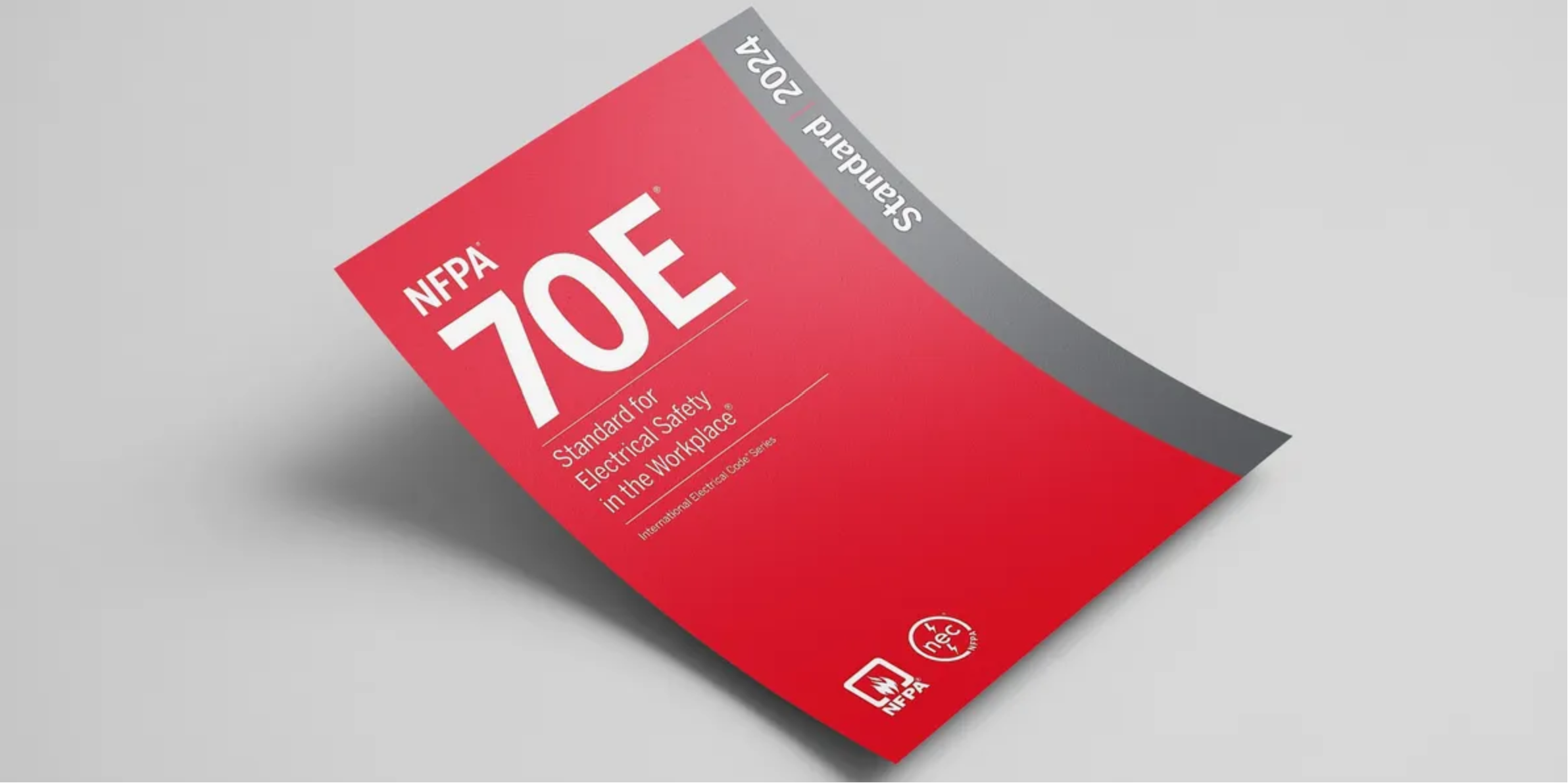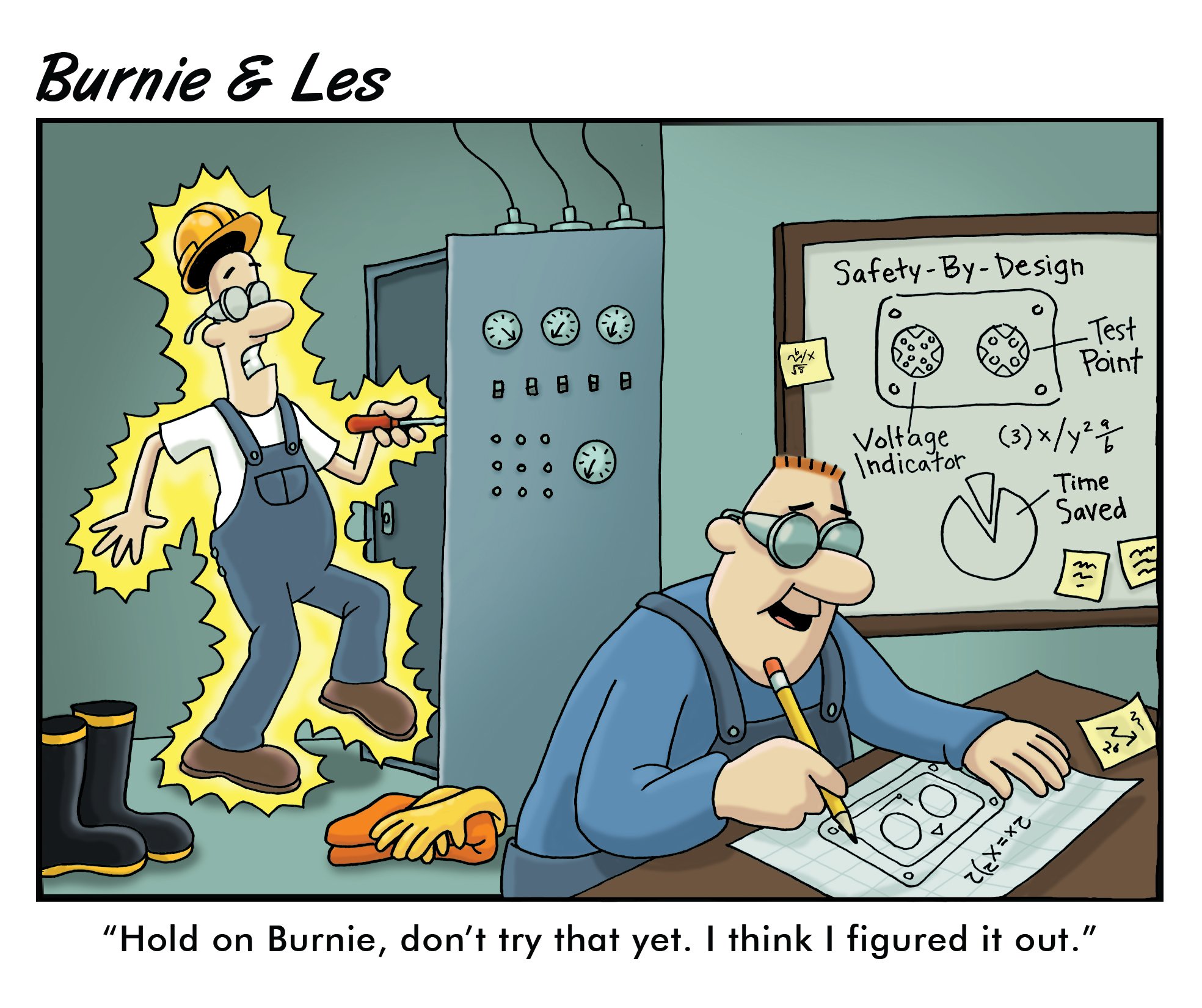Electricity powers everything—from the smallest circuit board to the largest industrial facility. But as indispensable as it is, it also poses one of the most serious workplace hazards: electrical risk. That’s where NFPA 70E comes in. Developed by the National Fire Protection Association, this standard isn’t just a checklist; it’s a framework for identifying, assessing, and mitigating electrical hazards in the workplace.
But what does NFPA 70E really mean in practice? And how can facilities move from compliance to true risk reduction? Let’s break it down and explore how Permanent Electrical Safety Devices (PESDs) play a transformative role in this process.
What is NFPA 70E?
NFPA 70E is a standard for electrical safety in the workplace, specifically focusing on practices to protect personnel from arc flash, shock, electrocution, and other energy-related injuries. While it works in tandem with OSHA regulations, NFPA 70E is more than a rulebook—it’s a guide to building a culture of proactive electrical safety. Its core principles revolve around:
- Establishing electrically safe work conditions
- Identifying and assessing electrical hazards
- Implementing protective boundaries and PPE
- Verifying absence of voltage before beginning any work

The emphasis is not only on protection but also prevention.
The Risk Control Hierarchy
At the heart of NFPA 70E is the Risk Control Hierarchy (Article 110.5(H)), a six-level framework for minimizing hazards:
1. Elimination: This is the most effective method, involving the complete removal of the hazard. For example, if a task requires working on live equipment, the hazard could be eliminated by de-energizing the equipment before the work begins.
2. Substitution: If elimination isn't possible, a less hazardous alternative can be substituted. For example, using a low-voltage electrical system instead of a high-voltage one, or using a remote switching device instead of a manual switch.
3. Engineering Controls: These involve physical changes to the work environment or equipment to isolate workers from the hazard. Examples include installing guards, barriers, or using remote operation devices. PESDs are suitable here as they enable the verification of voltage presence and absence without opening the panel, thereby reducing direct exposure to live conductors.
4. Awareness: This involves increasing knowledge and visibility of hazards so that workers can recognize and respond appropriately. Examples include safety signage, warning labels, audible and visual alarms, and real-time voltage indicators, such as PESDs. The Proxxi Band, a wearable voltage detector, also fits here by alerting workers in proximity to energized conductors, enhancing situational awareness before direct interaction occurs.
5. Administrative Controls: These are procedures, policies, and training that help mitigate risk. This can include LOTO procedures, safety protocols, and employee training. PESDs and the Proxxi Band complement administrative controls by helping ensure these procedures are easier to follow and more consistently applied.
6. PPE: This is the least effective method and should only be used when all other methods have been exhausted. Examples include arc-rated clothing, gloves, safety glasses, and insulated tools.
.jpg?width=400&height=415&name=Risk%20Control%20Hierarchy%20(1).jpg)
The higher up the hierarchy, the more effective the control. PPE, while critical, is the last line of defense, not the first.
The Challenge: Human Error and Procedural Gaps
Despite the rigor of NFPA 70E, implementation often hinges on human behavior. Manual steps like opening panels, testing voltage, and verifying de-energization expose workers to unnecessary risk.
According to OSHA, two of the most cited violations are related to improper energy control. These incidents aren’t just about non-compliance—they’re about procedures failing under pressure or in real-world conditions.

So, how do you reduce risk in a system that depends on people getting every step right, every time?
Enter PESDs: Engineering Out the Risk
Permanent Electrical Safety Devices (PESDs), like the ChekVolt®, align perfectly with the top levels of the Risk Control Hierarchy. Instead of relying on PPE and administrative steps to protect workers during LOTO, PESDs take a different approach: They make voltage presence and absence visible and testable from outside the enclosure, eliminating the need to expose live components. This is engineering control at its best.

How PESDs Support NFPA 70E Compliance
PESDs enable safer and faster execution of NFPA 70E's required steps, particularly:
- 120.6(4): Indicating hazardous voltage until stored energy is released (via LED indicators)
- 120.6(7): Performing an absence of voltage test using an adequately rated portable instrument, without opening the panel

With products like ChekVolt®, workers can perform the required live-dead-live test safely and visually confirm voltage status across L1, L2, L3, and Neutral or GND. This not only reduces risk but also speeds up LOTO procedures, improves confidence, and enhances compliance documentation.
Final Thoughts
NFPA 70E gives us the framework. But it’s only as good as the systems and tools we put in place to support it. With the right devices and a mindset that prioritizes prevention, we can reduce exposure, streamline safety procedures, and create workplaces where no one has to guess whether it’s safe to begin work. PESDs aren’t just accessories—they’re enablers of real risk reduction.
Want to see how a PESD like ChekVolt® supports your NFPA 70E compliance strategy?
Want to take your electrical safety knowledge even further? Join our free webinar: “Designing Safer Panels with Purpose: Practical Strategies for Electrical Safety & Compliance.”
We’ll dive into how Safety-by-Design principles, UL 508A, and UL-listed components, like panel interface connectors and PESDs can, help you build safer, more compliant control panels. Whether you're an OEM, panel builder, or maintenance professional, this session is packed with actionable insights to support your NFPA 70E goals.







